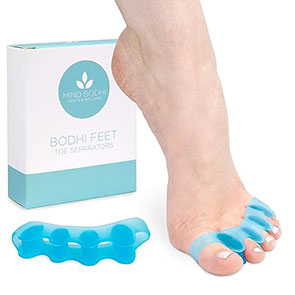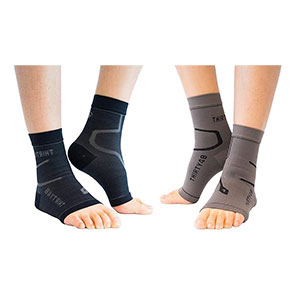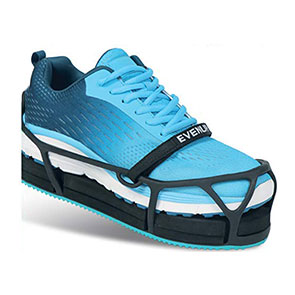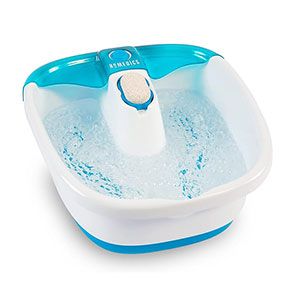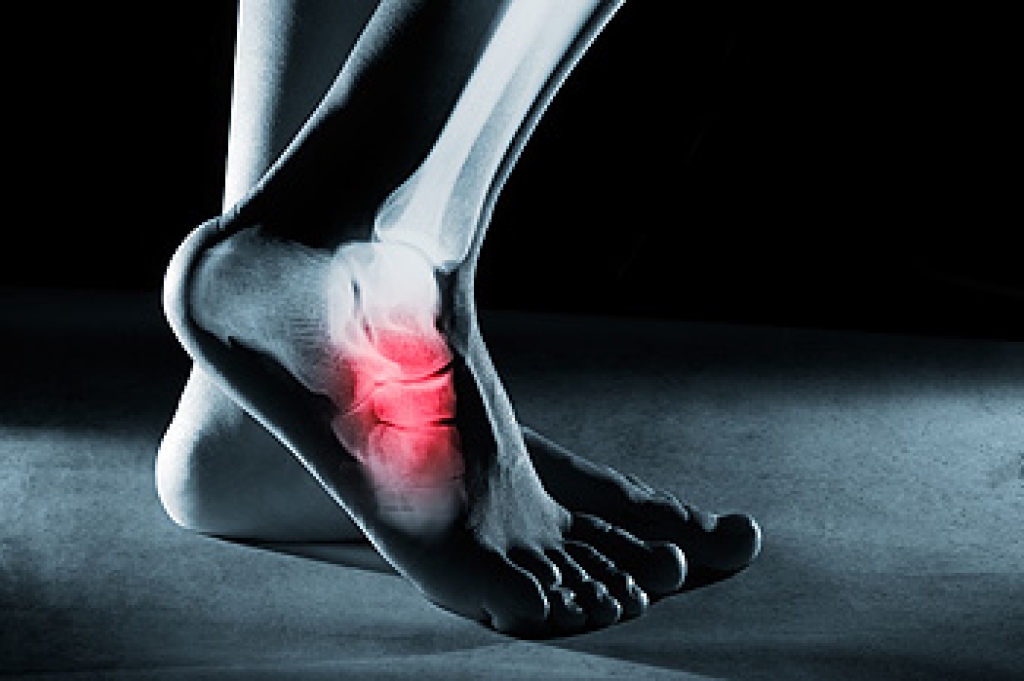 The cuboid bone is an oddly shaped bone in the center of the foot surrounded by other bones. The calcaneocuboid (CC) is the joint between the cuboid and heel bones and plays an important part in movement and stability. Cuboid Syndrome is a painful condition on the outside of the foot which occurs when the cuboid bone is displaced and no longer aligns with other bones, resulting in a loss of joint congruence. It may become difficult to put weight on the foot, stand, walk, or hop. Causes of cuboid syndrome may include obesity, muscle or tendon impairment, flat feet, or inappropriate footwear. If you wear shoe inserts that are poorly made, train on hard surfaces (or overtrain), you may increase your risk of developing cuboid syndrome. Imaging may not be able to detect the loss of congruence in the joint so a podiatrist will perform an examination and clinical tests to make a diagnosis and devise a treatment plan.
The cuboid bone is an oddly shaped bone in the center of the foot surrounded by other bones. The calcaneocuboid (CC) is the joint between the cuboid and heel bones and plays an important part in movement and stability. Cuboid Syndrome is a painful condition on the outside of the foot which occurs when the cuboid bone is displaced and no longer aligns with other bones, resulting in a loss of joint congruence. It may become difficult to put weight on the foot, stand, walk, or hop. Causes of cuboid syndrome may include obesity, muscle or tendon impairment, flat feet, or inappropriate footwear. If you wear shoe inserts that are poorly made, train on hard surfaces (or overtrain), you may increase your risk of developing cuboid syndrome. Imaging may not be able to detect the loss of congruence in the joint so a podiatrist will perform an examination and clinical tests to make a diagnosis and devise a treatment plan.
Cuboid syndrome, also known as cuboid subluxation, occurs when the joints and ligaments near the cuboid bone in the foot become torn. If you have cuboid syndrome, consult with Kinna Patel, DPM from Sava Podiatry & Wellness Centers. Our doctor will assess your condition and provide you with quality foot and ankle treatment.
Cuboid syndrome is a common cause of lateral foot pain, which is pain on the outside of the foot. The condition may happen suddenly due to an ankle sprain, or it may develop slowly overtime from repetitive tension through the bone and surrounding structures.
Causes
The most common causes of cuboid syndrome include:
- Injury – The most common cause of this ailment is an ankle sprain.
- Repetitive Strain – Tension placed through the peroneus longus muscle from repetitive activities such as jumping and running may cause excessive traction on the bone causing it to sublux.
- Altered Foot Biomechanics – Most people suffering from cuboid subluxation have flat feet.
Symptoms
A common symptom of cuboid syndrome is pain along the outside of the foot which can be felt in the ankle and toes. This pain may create walking difficulties and may cause those with the condition to walk with a limp.
Diagnosis
Diagnosis of cuboid syndrome is often difficult, and it is often misdiagnosed. X-rays, MRIs and CT scans often fail to properly show the cuboid subluxation. Although there isn’t a specific test used to diagnose cuboid syndrome, your podiatrist will usually check if pain is felt while pressing firmly on the cuboid bone of your foot.
Treatment
Just as the range of causes varies widely, so do treatments. Some more common treatments are ice therapy, rest, exercise, taping, and orthotics.
If you have any questions, please feel free to contact our office located in Smyrna, GA . We offer the newest diagnostic and treatment technologies for all your foot care needs.



